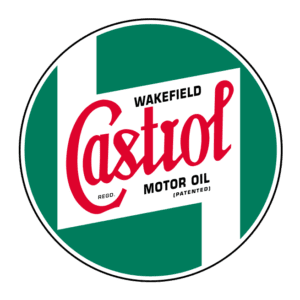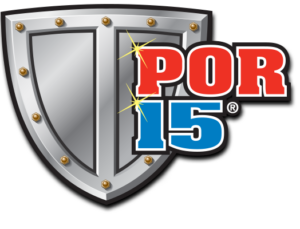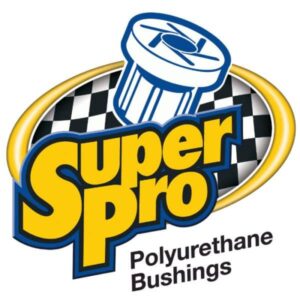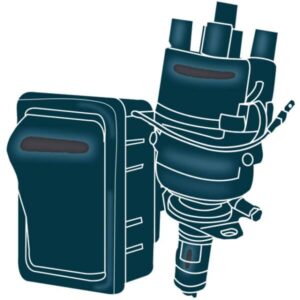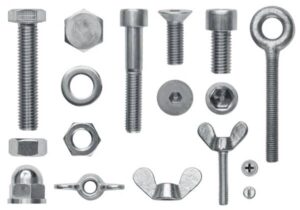For the love of MG Leave a comment
MG, short for Morris Garages, was a classic British sports car brand that has been captivating automotive enthusiasts since the 1920s. People love MG cars for their sleek design, nimble handling, and impressive performance, which made them a favourite of drivers and racers alike, and they remain an icon of the automotive world today.
Back in 1911, William Morris, who used to build bicycles, decided to switch to motor vehicle repair and sales and opened his own garage in Birmingham. In 1922, he hired Cecil Kimber as the general manager, who was not only good at running the garage and showroom but also skilled in bodywork design.
The first MG prototype was a Kimber-bodied Morris Cowley special that won gold in the 1923 Land’s End Trial. By 1924, a range of rebodied Morris and MG-badged models were sold as ‘Kimber Specials’. The small two-seater sports car featured an open top and a four-cylinder engine, and it was a hit!
MG continued to refine and improve its design over the years, introducing new models with more powerful engines and sleeker styling. The SA, TA/B Midget, VA, and WA were popular pre-WW2 cars.
After the war, one of the most famous MG models was introduced: the MG TC. This car had a 1.3-litre engine that produced 54 horsepower, a four-speed manual transmission, and a top speed of around 80 miles per hour. It also had a distinctive look, with its long hood, rounded fenders, and narrow grille, and it was especially popular in the American market.
The MG TC helped establish the MG brand as a leader in the sports car market and set the stage for future MG models, including the MG TD, which was introduced shortly before Morris Motors merged with the Austin Motor Company to form the British Motor Corporation. Following the merger, new MG models included the open-topped four-seater YT and the YB saloon, as well as MG’s top seller, the MGA.
In the 1960s, the all-new 1.8-litre MGB was introduced, and BMC renamed itself British Motor Holdings after merging with Jaguar, then with Leyland Motor Corporation to form British Leyland Motor Corporation. In 1975, the company was nationalised and became British Leyland, and the MGB ceased production in 1980 as part of a drastic cutback programme to save British Leyland.
In addition to its impressive performance and design, MG also became known for its success on the racetrack. MG cars won numerous races and championships throughout the 1930s and 1940s, including the prestigious Mille Miglia endurance race in Italy.
After WW2, MG returned to Motorsport and achieved 12th place in the 1955 24 Hours of Le Mans. After a hiatus of several decades, MG entered both the 24 Hours of Le Mans, British Touring Car Championship, and World Rally Championships in 2001 with their MGZS and ZR models.
Today, classic MG’s remain beloved icons of the automotive world, with many enthusiasts restoring and collecting vintage and classic models.
At Motaclan, we want to preserve this heritage by offering only the best quality classic MG parts for your repair or restoration project.


